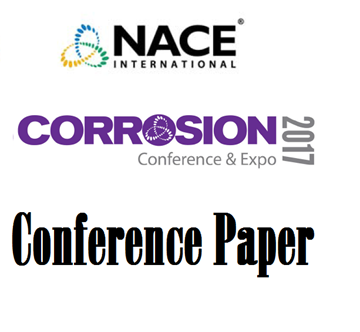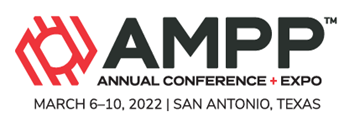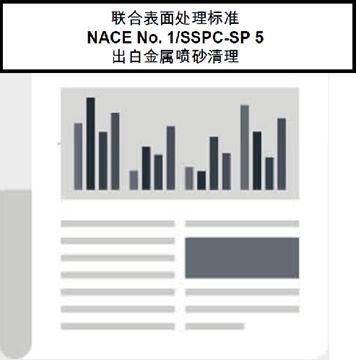Search
Products tagged with 'steel'
View as
Sort by
Display
per page
Applying Lessons from Welding to Large Scale Metal Additive Manufacturing
Product Number:
MPWT19-15370
Publication Date:
2019
$0.00
Development of a Gas-Phase Corrosion Inhibitor for Wet-Gas Carbon Dioxide Corrosion at 200°C
Product Number:
51323-18829-SG
Publication Date:
2023
$20.00
Effect of Crevice Former on the Crevice Corrosion of 316L Stainless Steel in Synthetic Tap Water
Product Number:
51317--9412-SG
ISBN:
9412 2017 CP
Publication Date:
2017
$20.00
Effect Of Impurity On The High-Temperature Corrosion Performance Of Alloys In Supercritical CO2
Product Number:
51322-18055-SG
Publication Date:
2022
$20.00
Enhancing Corrosion Protection By Novel Surface Treatment Application
Product Number:
51321-16900-SG
Publication Date:
2021
$20.00
Historical Perspective of Corrosion by Potable waters in Building Systems
Product Number:
93509-SG
Publication Date:
1993
$20.00
Importance of Steel Alloying Elements in Geothermal Environment – Nickel Sulphur Interactions
Product Number:
51321-16435-SG
Publication Date:
2021
$20.00
Influence of Ultrasonic Nanocrystal Surface Modification on the Corrosion and Stress Corrosion Cracking Behavior of Welded Joint in District Heating Pipe
Product Number:
51317--8953-SG
ISBN:
8953 2017 CP
Publication Date:
2017
$20.00
Jateamento Abrasivo Brush-off
Product Number:
SSPC-SP 7-2007-NACE No. 4-2007-Portuguese
Publication Date:
2007
$179.00
NACE No. 1/SSPC-SP 5-2006-SG (Chinese) White Metal Blast Cleaning
Product Number:
21129-SG
ISBN:
1-57590-107-2
Publication Date:
2006
$179.00
NACE No. 1/SSPC-SP 5-2006-SG (Spanish), Limpieza Abraviva a Metal Blanco
Product Number:
21135-SG
ISBN:
1-57590-107-2
Publication Date:
2006
$179.00












